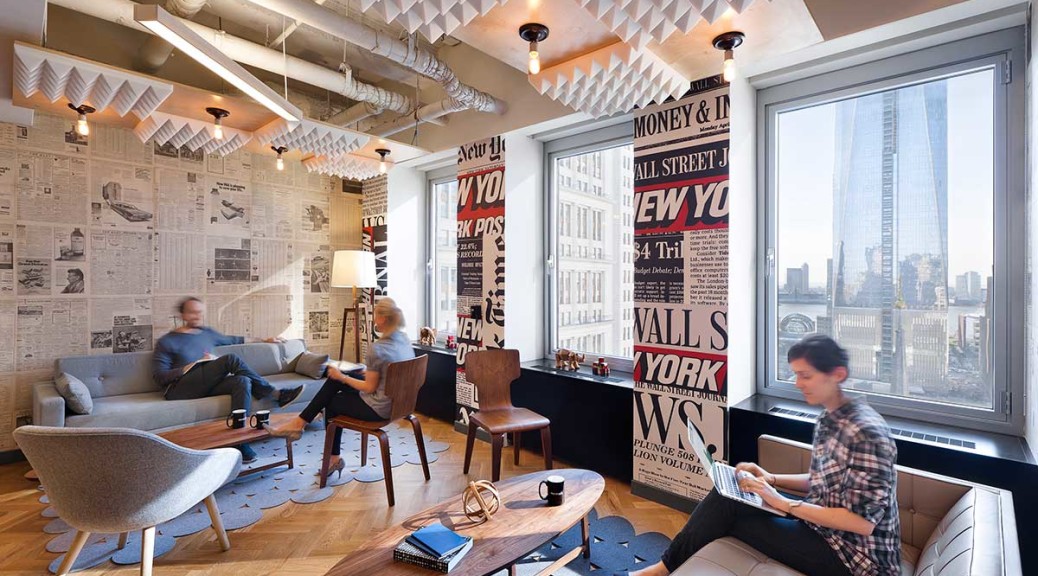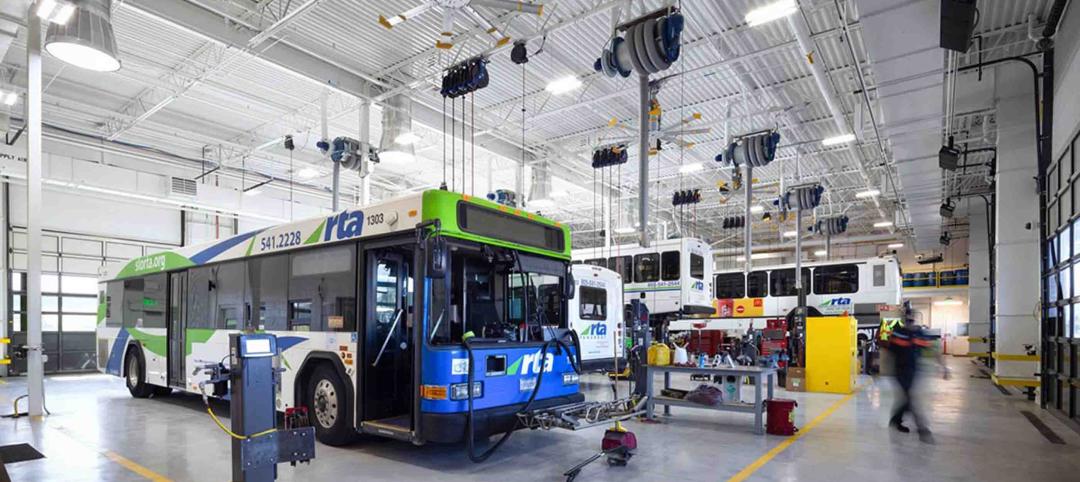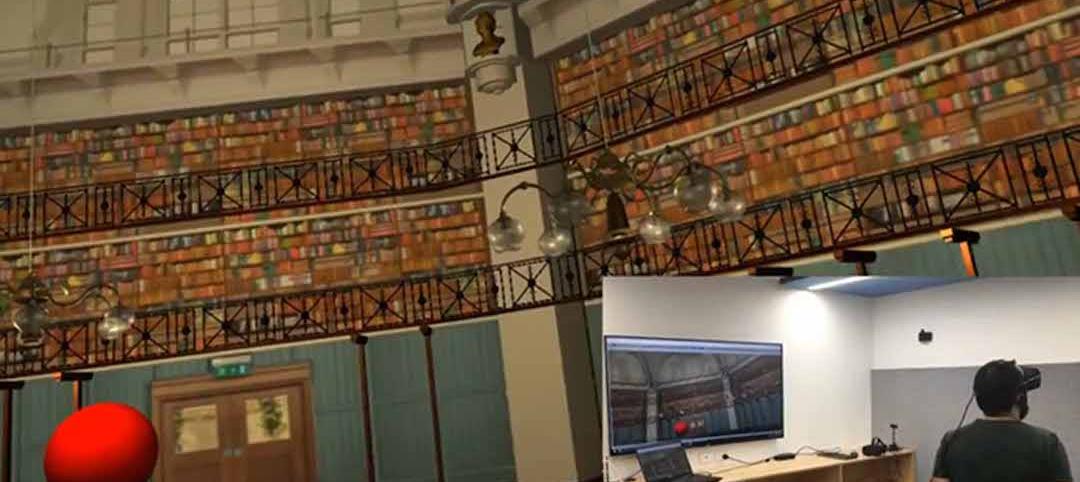In 1990, two psychologists offered the first formulation of a concept they called “emotional intelligence.” In 1995, science writer Daniel Goleman published his best-seller, Emotional Intelligence. Since then, I’ve seen emotional intelligence go from a well-researched aspect of psychology to a business buzzword and required training at progressive companies and organizations.
Chances are we’ve read an article that connects EQ with the real world success of an individual who did not excel in academia or read Goleman’s articles on EQ in Harvard Business Review. The word on the street is that emotional intelligence is crucial to success, perhaps more important than IQ, but what may be less clear is what emotional intelligence is, how it is relevant to business and the workplace and how it can be harnessed by those of us in the design industry.
What is EQ? Why is it important?
Emotional intelligence theorizes that people have the capacity to reason about emotions and emotional information. People with high EQ can solve emotion-related problems quickly and understand the meanings that emotions convey. High EQ people also know how to manage their own and others’ emotions. They understand that a happy person is more likely to accept a social invitation than one that’s morose.
EQ doesn’t mean being an unfeeling robot, it means managing feelings so that they are expressed appropriately and effectively. It means handling interpersonal relationships fairly and with empathy. It affects how we manage behavior, navigate social situations, make personal decisions and work with others toward common goals.
IQ and EQ are both instrumental to success, but we’re social animals, so EQ can be a better predictor of happiness. Those with high EQs use their social skills every day, while those with high IQs but low EQ may have a hard time making themselves understood.
What science says
Science backs up the importance of EQ. Neuroscience makes crystal clear why emotional intelligence matters so much. Our brain centers for emotion harbor the skills needed for managing ourselves in social situations. These skills are among those our species inherited through survival and adaptation and evolution. This emotional part of the brain learns differently from the thinking brain.
What EQ isn’t?
EQ is not a combination of personality traits such as agreeableness, optimism, happiness, calmness or motivation. As Drs. Travis Bradberry and Jean Greaves note in their book Emotional Intelligence 2.0, IQ, EQ and personality are distinct qualities that make up a whole person.
EQ in the workplace
Beginning in the late ‘90s, emotional intelligence theory challenged much conventional wisdom in corporate training and development. Today, corporate training firms offer courses in emotional intelligence. Why? A successful organization depends on the ability of its staff members to work with all kinds of people from co-workers to clients to consultants and subcontractors. Managing emotions, reading and interpreting the emotions of others is crucial to good communication, conflict resolution and consensus building.
All of these skills can contribute to our success in the workplace. Bradberry and Greaves believe EQ has a direct effect on earnings, accounting for $1,300 increase in earnings per EQ point. And Carnegie Institute of Technology research indicates that financial success is largely connected to skills in human engineering, (communication, negotiation, leadership). Looked at on an organizational level, good EQ promotes integrity. But there’s more to it.
In today’s corporate environment, engagement, managing stress, celebrating authenticity and promoting collaboration are all hot topics. Maximizing emotional intelligence in the workplace is crucial to developing all of the above. Moreover, many of the qualities associated with emotionally intelligent leaders match up with the qualities millennial workers say they look for in a boss. 79% of millennials say if they have a boss, they would want that boss to serve more as a coach or mentor, an emotionally intelligent one, naturally.
Emotional intelligence is a set of skills
Drs. Travic Bradberry and Jean Greaves write that emotional intelligence is best understood as a set of skills, which can be improved with practice. EQ can be described a number of ways, but these five categories are a good start.
- Self-awareness. Emotional Intelligence begins with perceiving our emotions. Recognizing emotions as they happen, tuning in to our true feelings and self-confidence are all part of self-awareness.
- Self-regulation. When we self-regulate, we manage our impulses, take responsibility for our actions, adapt to change, listen to new ideas and even consciously employ techniques to manage our moods or shorten our experience of negative emotions.
- Motivation. A drive to achieve, team up with your group, take initiative and stay optimistic in light of challenges are hallmarks of high EQ. Employing EQ will mean recasting negative thoughts to help achieve these goals.
- Empathy. Recognizing the feelings of others from the signals they give off. Empathetic people are good at working with others.
- Social skills. Social skills include everything from our effectiveness at wielding influence to managing conflict, forging alliances and inspiring others.
EQ for design professionals
Design professionals have much to learn much about emotional intelligence.
Winning work
EQ can help us win work. The majority of the time and all things being equal, winning work is attributed to clients hiring the people they most want to work with. Research by Nobel Prize winning Israeli-American psychologist, Daniel Kahneman, shows that people would rather do business with those they like and trust rather than someone they don’t, even if it costs them more.
And good social skills are key in showing potential clients that we’re good collaborators. It communicates that we’re not going to be a pain the neck to work with, we’ll do a great job the first time. It’s about how individuals deal with clients, understanding, promoting design, ultimately delivering work that makes the clients better at what they do. EQ makes them feel good about us. Research shows many clients subscribe to a “life is too short to work with people you don’t like” outlook even if they don’t know it.
The design process
EQ is also about enhancing our design process. It can enable us to be better designers, better listeners, better collaborators who shepherd and champion great design. Empathy is crucial to those in a service orientated industry. It helps us anticipate, recognize and meet the needs of clients. If we can view the design challenge from another’s perspective, that of a collaborator or a client, we are likely to come up with better solutions. EQ can enable us to ask more questions, listen more closely, and elicit more honest answers from clients about who they are, what they want and issues that are important to them. Designers need good social skills to navigate the political sensitivities within organizations, their own, the clients, partner companies. Designing spaces often means being agents of change management, another opportunity to use our social skills to our client’s benefit. In a world in which technology and its associated skills are constantly changing, good people skills are only going to become more important.
Studio culture
Social skills are just as valuable in our design studios, where we must harness and inspire our talent, bolster group synergy, cultivate opportunities for collaboration, make a persuasive case for our design solution and sometimes manage change when team members come and go.
For leaders of these studios, our positive attitudes, good communication and self-assurance will attract those that want to do good work without the drama. Our EQ can inspire our group to define and pursue collective goals.
Industry reputation
Self-regulation feeds integrity, which feeds the reputation of our firm and brand as a whole. We want to be known as a firm of great people who cherish design excellence and maintain a positive work environment where innovation and productivity trump drama. That’s EQ. It’s a competitive asset that can attract the best and brightest to our teams.
About the Author: Angie Lee has over 25 year experience in interior architecture and design. She is nationally recognized for her strategic planning, programming, and design expertise, and her ability to lead and deliver projects with the highest standards of performance. Her design leadership enables her to successfully implement design solutions that realize the goals, vision, and needs of each client. As VOA’s workplace strategist, Angie will leverage industry knowledge through peer review and national workplace benchmarking and research to her clients. Her experience designing workplace projects across the country provides her with a broad understanding of trends and facility needs, lessons learned, and technologies that traverse borders.
More from Author
Stantec | Apr 18, 2024
The next destination: Passive design airports
Today, we can design airports that are climate resilient, durable, long-lasting, and healthy for occupants—we can design airports using Passive House standards.
Stantec | Mar 18, 2024
A modular construction solution to the mental healthcare crisis
Maria Ionescu, Senior Medical Planner, Stantec, shares a tested solution for the overburdened emergency department: Modular hub-and-spoke design.
Stantec | Nov 20, 2023
8 strategies for multifamily passive house design projects
Stantec's Brett Lambert, Principal of Architecture and Passive House Certified Consultant, uses the Northland Newton Development project to guide designers with eight tips for designing multifamily passive house projects.
Stantec | Apr 10, 2023
Implementing human-centric design in operations and maintenance facilities
Stantec's Ryan Odell suggests using the human experience to advance OMSF design that puts a focus on wellness and efficiency.
Stantec | Jul 6, 2022
5 approaches to a net zero strategy that communities can start right now
Whether your community has started on a plan or is still considering net zero, now is the time for all of us to start seriously addressing climate change.
Stantec | Feb 14, 2022
5 steps to remake suburbs into green communities where people want to live, work, and play
Stantec's John Bachmann offers proven tactic for retrofitting communities for success in the post-COVID era.
Stantec | Feb 8, 2022
How gaming technology is changing the way we design for acoustics
Adding 3D sound from gaming engines to VR allows designers to represent accurate acoustic conditions to clients during design.
Stantec | Dec 15, 2021
EV is the bridge to transit’s AV revolution—and now is the time to start building it
Thinking holistically about a technology-enabled customer experience will make transit a mode of choice for more people.
Stantec | Sep 3, 2021
Passports to a net-zero carbon future
How materials passports can help designers achieve social value and net-zero carbon.
Stantec | Aug 25, 2021
The mall of the future: Less retail, more content
For the mall to survive, it will need to embrace nontraditional uses and “messy vitality.” Here’s how to do it.
















